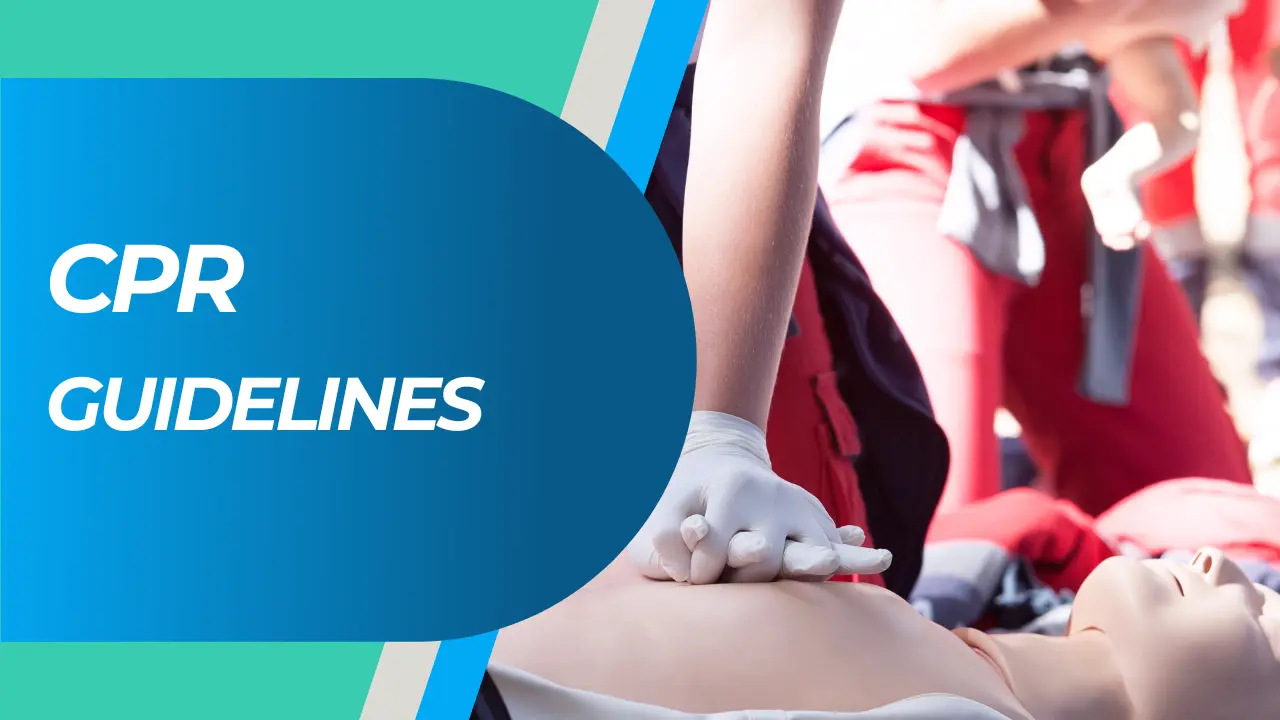New CPR Guidelines: A Comprehensive Overview

By Teresa A. Volsko, MHHS, RRT, FAARC
In the ever-evolving landscape of medical practices, staying abreast of the latest guidelines is crucial, especially in life-saving procedures such as cardiopulmonary resuscitation (CPR). In this article, we delve into the recently introduced changes in CPR guidelines, focusing on key aspects that healthcare providers and professionals should be aware of.
Breathing: Emphasis on Cross-Contamination Prevention
To mitigate the risk of cross-contamination, the new guidelines strongly recommend the practice of mouth-to-mask breathing. This technique is now an integral part of basic life support instruction for healthcare providers. Delivering breaths over a one-second period at estimated normal tidal volumes helps minimize gastric distention, a concern in approximately 17% of resuscitation cases. By adopting these changes, the guidelines aim to reduce the risk of vomiting and aspiration.
- Rescue Breathing Rates:
- Adults: 10 to 12 breaths per minute
- Infants and Children: 12 to 20 breaths per minute
Circulation: Standardized Compression:Ventilation Ratio
The new guidelines have standardized the compression:ventilation ratio for all age groups to 30:2. This ratio is recommended for one-rescuer scenarios, while for two-rescuers, the ratio differs. Effective compressions are crucial, with a depth of 1½ – 2 inches for adults and 1/3 – 1/2 the anterior-posterior diameter of the chest for infants and children. Maintaining a compression rate of 100 times per minute is vital to ensure adequate blood flow.
- Compression:Ventilation Ratio:
- One-Rescuer: 30:2
- Two-Rescuers: 30:2 for adults, 15:2 for children
Defibrillation: Strategic Changes in Recommendations
When an Automatic External Defibrillator (AED) is obtained, chest compressions are briefly interrupted for cardiac rhythm analysis. Immediate defibrillation is no longer recommended for unwitnessed cardiac arrest. If a shockable rhythm, such as ventricular fibrillation, is detected, a single defibrillation is recommended. The use of AEDs for unwitnessed arrests in children less than one year of age is not included in current recommendations.
Sequencing Resuscitation Efforts: A Structured Approach
The guidelines introduce a new sequence for cardiopulmonary resuscitation, emphasizing a systematic and timely approach:
- Assess Responsiveness:
- Shout for help
- Activate the emergency response system
- Obtain an AED
- Secure an Airway:
- Perform the Tilt-Chin lift maneuver
- Assess for spontaneous respirations
- Perform Rescue Breathing:
- Deliver breaths over 1 second, allowing complete exhalation
- Assess Heart Rate:
- Check for the presence of a pulse
- Perform Cardiac Compressions:
- Complete 5 cycles of compressions and ventilations at a ratio of (30:2)
- Reassess breathing and heart rate
This structured approach aims to optimize circulation to vital organs, restore a normal cardiac rhythm, and minimize the risk of aspiration.
Conclusion: What This Means for Credentialing Candidates
Healthcare providers and credentialing candidates should be aware of these guideline changes, which will be reflected in upcoming credentialing examinations. With an emphasis on clinical context and current practice, the National Board for Respiratory Care (NBRC) ensures that candidates are well-prepared to apply these guidelines in real-world scenarios.
As we navigate these changes, it’s crucial for healthcare professionals to stay informed and adapt their practices accordingly. By doing so, we collectively contribute to improving the rate of survival from sudden cardiac arrest and enhancing patient outcomes.






